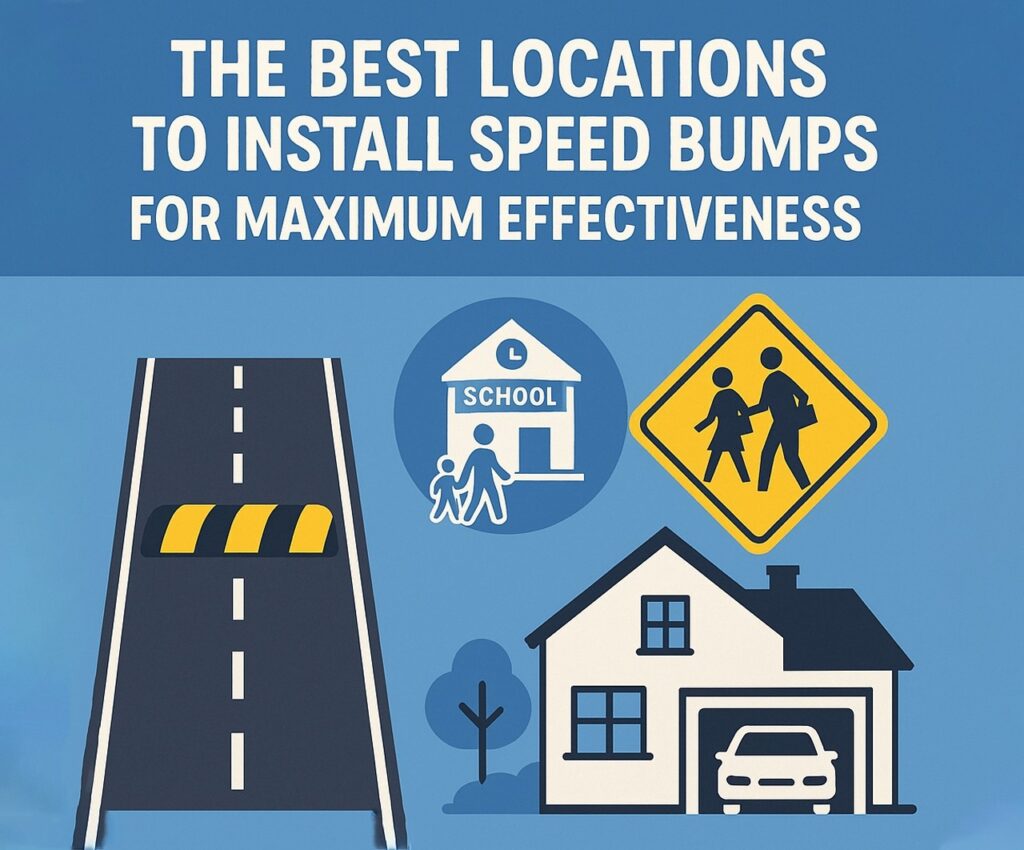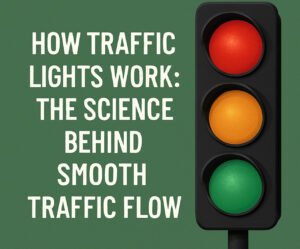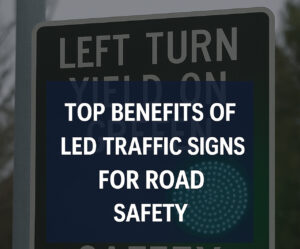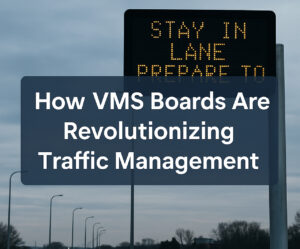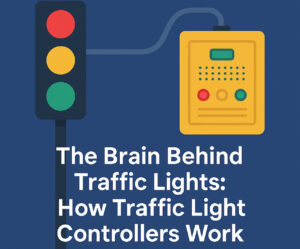When thinking about managing traffic speed, it’s hard to ignore the role of speed bump speed hump, speed bumps for sale, and rubber speed bumps. These three key elements are central to modern urban planning and traffic calming strategies. But simply throwing them down anywhere won’t work. To get real results, you need to understand where speed bumps are most effective.
This guide will break down the best locations to install speed bumps and why thoughtful placement can make the difference between safer streets and frustrated drivers. Know more..
The Evolution of the Traffic Cone
What Are Speed Bumps and Why Use Them?
Speed bump speed hump refers to the two most common traffic calming tools used in residential and urban settings. While they’re often used interchangeably, they differ slightly:
- Speed bumps are more aggressive, usually 2 to 4 inches high and 1 to 3 feet wide. They force cars to slow to about 5-10 mph.
- Speed humps are more gradual, often 3 to 4 inches high and 10 to 14 feet wide, allowing for slightly higher speeds, typically 10-20 mph.
There are many speed bumps for sale on the market, ranging from asphalt-built bumps to portable rubber speed bumps ideal for quick installation.
Their main function? To reduce vehicle speed and protect pedestrians, cyclists, and other motorists.
Top Locations for Installing Speed Bumps
1. Residential Streets
One of the most effective places to install speed bump speed hump units is on residential roads, especially in neighborhoods with children. These areas usually have lower speed limits, and drivers are expected to be more cautious. Rubber speed bumps work particularly well here because they can be installed quickly and are often more visible.
2. School Zones
Speed bumps in school zones are practically mandatory in many cities. They ensure drivers reduce speed when children are likely to be present. When shopping for speed bumps for sale, school zones should be a high-priority area.
3. Hospital Entrances and Campuses
Emergency zones require a balance between access and safety. While ambulances need fast entry, general traffic must be slowed. Here, speed hump installations can control traffic without disrupting emergency services.
4. Parking Lots
Parking areas are chaotic. Cars reverse, pedestrians cross lanes, and distractions are everywhere. Installing rubber speed bumps near entrances, exits, and pedestrian crossings makes movement predictable and reduces accidents.
5. Near Intersections Without Traffic Signals
Uncontrolled intersections can become dangerous fast. A strategically placed speed bump speed hump setup just before the intersection ensures drivers slow down, reducing collision risks.
6. Pedestrian Crosswalks
In areas with heavy foot traffic, speed bumps can protect walkers by forcing vehicles to slow before reaching a crossing point. These are especially effective when combined with signs and road markings.
7. Campus Roads and Gated Communities
These private roadways often don’t receive the same policing as public roads, making rubber speed bumps a critical tool. These communities can manage their own installations by exploring speed bumps for sale that meet their needs.
8. Construction Zones
Construction areas are often filled with detours, narrow lanes, and vulnerable workers. Speed bump speed hump installations, especially the temporary rubber speed bumps, can force drivers to navigate slowly and safely.
9. Public Parks and Recreation Areas
Kids playing, cyclists cruising, and families walking all mix in these high-use zones. Speed bumps keep the peace by slowing traffic and creating safer shared spaces.
10. Transit and Bus Terminals
Large volumes of pedestrians and vehicles make terminals dangerous. Adding speed bumps at pick-up/drop-off zones ensures better flow and minimizes accidents.
Factors That Influence Placement
Even with the best intentions, placing a speed bump speed hump in the wrong spot can backfire. Here are factors to consider:
- Road Grade: Avoid placing speed bumps on steep inclines, which can be hazardous.
- Drainage: Poor water flow around speed bumps can lead to flooding or erosion.
- Emergency Access Routes: Avoid impeding fire trucks or ambulances unnecessarily.
- Traffic Volume: More vehicles mean greater impact from speed management.
- Community Feedback: Residents often know where the real problems lie.
Materials Matter: Choosing the Right Type
When browsing speed bumps for sale, materials matter just as much as location.
- Asphalt or Concrete: Durable, permanent, and effective, but costly and labor-intensive.
- Rubber Speed Bumps: Cost-effective, highly visible, and easy to install or relocate.
- Plastic or Composite: Similar to rubber but may degrade faster in extreme weather.
For many smaller municipalities or private installations, rubber speed bumps offer the best balance of effectiveness and budget.
Benefits of Proper Speed Bump Placement
- Accident Reduction: Fewer rear-end collisions, pedestrian strikes, and vehicle damage.
- Improved Pedestrian Safety: Lower speeds mean better reaction times.
- Lower Noise Pollution: Slower cars = less engine noise.
- Higher Property Values: People want to live where streets feel safe.
- Driver Behavior Modification: Drivers learn where to slow down consistently.
Common Mistakes to Avoid
- Overuse: Too many speed bumps can frustrate drivers and cause avoidance behavior.
- Improper Signage: If drivers don’t see it coming, it becomes a hazard.
- Poor Maintenance: Damaged or faded speed bumps lose effectiveness.
- Ignoring ADA Guidelines: Placement must not interfere with accessibility.
Conclusion
Smart placement of speed bump speed hump, smart shopping for speed bumps for sale, and thoughtful use of rubber speed bumps can dramatically improve road safety. From school zones to private communities, these simple devices help calm traffic and prevent accidents. But their true value lies in strategic deployment.
Done right, speed bumps not only slow cars—they save lives.

